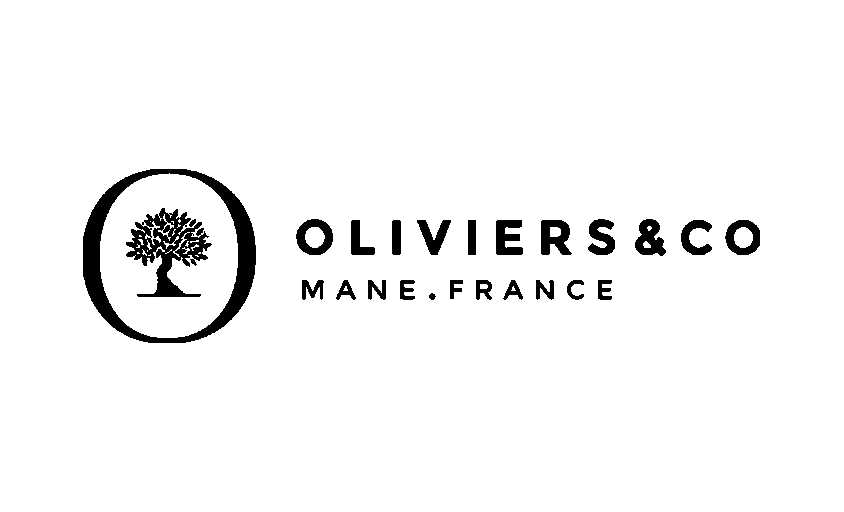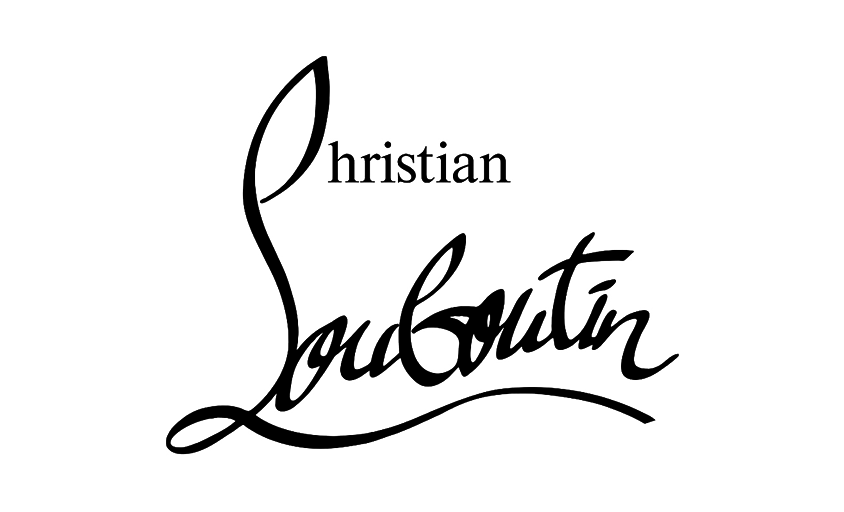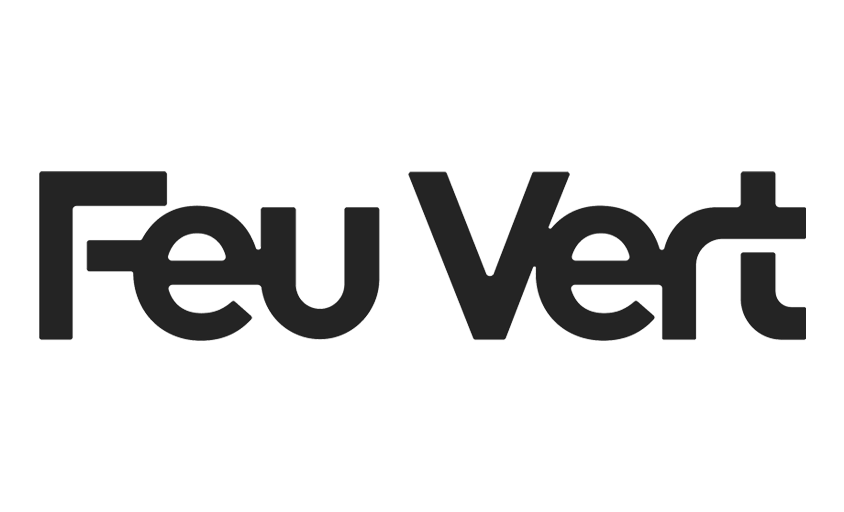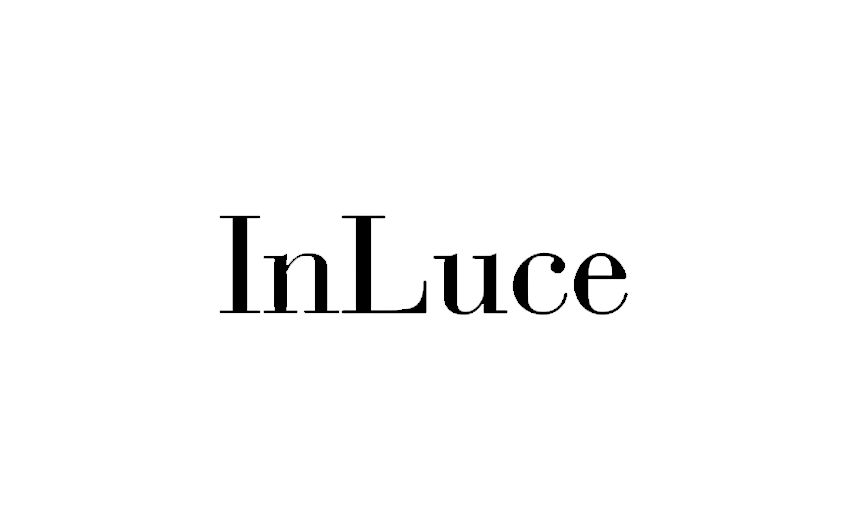What is photo credit?
In this article :
In the world of photography, photo credit is much more than just a simple mention. It is a gesture of respect toward the artist and a way to guarantee the intellectual property of the work produced. Photo credit also helps protect copyright and acknowledges the creative investment of those who make the images possible.
Whether for online publication, commercial use, or a communication campaign, understanding the importance of photo credit is essential for all industry players. In this article, we will explore why photo credit is crucial and how to use it correctly while respecting photographers’ rights.
What is it?
Photo credit is a mention that identifies the author of the photograph used. It creates a link between the image and the photographer, ensuring proper recognition of their work. This mention is usually placed near the photo, whether in a magazine, on a website, or even in social media posts.
Key information in photo credit
A quality photo credit generally includes:
- The name of the photographer or agency.
- The link or pseudonym used, if it is a trade name or a logo.
- If the image comes from a collaboration with another creative team, such as an art director, makeup artist, or model, their role may also be mentioned.
Example:
 Photo credit: Alexandre Tarall / Studio Rétines
Photo credit: Alexandre Tarall / Studio Rétines
Why is photo credit essential?
Photo credit is not just a formality: it is a recognition of the photographer’s copyright. Here’s why it is crucial for all parties involved in the creative process.
-
- Protection of copyright
Photo credit ensures that the author remains the owner of their work. Even after the image is published, this mention guarantees that moral and usage rights are respected. This helps protect the photographer’s interests, especially in a world where images are often shared and used without explicit consent.
-
- Valuing the creative work
Attributing credit to a photo highlights the photographer’s creative and technical investment. It values the work done behind the image and highlights the artistic and professional dimension of the project. Although seemingly simple, a photo credit becomes a way to recognize the quality of the visual work and showcase the photographer’s expertise.
-
- Increased credibility and visibility
Photo credit also plays a role in increasing the photographer’s visibility, especially when used in commercial or media contexts. It allows the public to know who is behind the image, which can help build the reputation of the photographer or agency. Moreover, it can facilitate networking and the growth of professional opportunities.
How to properly credit a photo?
Although the basic principle is simple, there are rules to follow to ensure that photo credit is correctly attributed. Here are some best practices:
-
- Placement of the photo credit
The photo credit should be clearly visible without being too intrusive. In print formats (magazines, brochures, etc.), it is generally placed below the image, in a smaller but readable font size. For online publications, it can be included at the bottom of the image or in the caption, while avoiding making it too discreet or hard to spot.
-
- Format of the photo credit
The photo credit should be short, clear, and precise. Avoid long formulations that make the mention vague or less obvious. The previously cited example, “Photo credit: Jonathan Merzougui / Studio Rétines,” is a simple, effective, and professional format.
-
- Mentioning other collaborators (if applicable)
In collaborative projects, mentioning other members of the creative team is a great way to highlight the joint effort. The credit can then be extended to other contributors, such as the art director, stylist, or model. For example:
Photo credit: Jonathan Merzougui / Studio Rétines – Makeup: Claire Durand – Model: Sarah Dupont
-
- Respecting contract conditions
If a photographer or agency has signed a contract with a client or company, it is important to respect the stipulated conditions regarding photo credit. These agreements may define specific rules on the placement or wording of the credit, and the involved parties must comply.
Consequences of Not Giving Photo Credit
Failing to provide photo credit can lead to serious legal and professional consequences. Beyond copyright issues, neglecting to properly credit a photographer can damage a professional’s reputation and result in a loss of trust from clients.
- Legal Risks
Without photo credit, a photographer may take legal action for infringement of their copyright. This can lead to financial penalties or even a ban on using the image. It is therefore essential to always obtain permission and appropriately credit images. - Loss of Visibility for the Artist
Without photo credit, the artist also misses an opportunity to increase their visibility and gain professional recognition. Lack of credit amounts to ignoring the artist’s creative work, which harms the building of their personal brand.
Conclusion
Photo credit is essential not only to protect the rights of photographers and artists but also to acknowledge their work and ensure transparency in the field of photography. Whether you are a photographer or a client, it is everyone’s responsibility to respect this practice. By giving proper credit, you help build trust and highlight the work of those who work behind the scenes to create the images that captivate.
Contact us to discuss your photography projects and discover how we can help you showcase your images while respecting copyright.
Jérémy Carlo is the editorial director at Rétines, where he ensures the consistency and clarity of all content produced by the studio.
Our Clients
Let’s discuss
What we do for you at Rétines
Meticulous work, an organised project and fast delivery. And to achieve this, we mobilise the right resources in our teams at the right time.
01
Pre-production
Artistic and technical direction tailored to the project.
Relevant recommendations on content, form and resources.
02
Photo Shooting
Photos taken by our experienced photographers.
Production that’s controlled, efficient and tailored to the needs of the project, with nothing superfluous.
03
Retouching
Technique
Photographs magnified by our retouching team.
Post-production to meet the commercial challenges of the brief.












